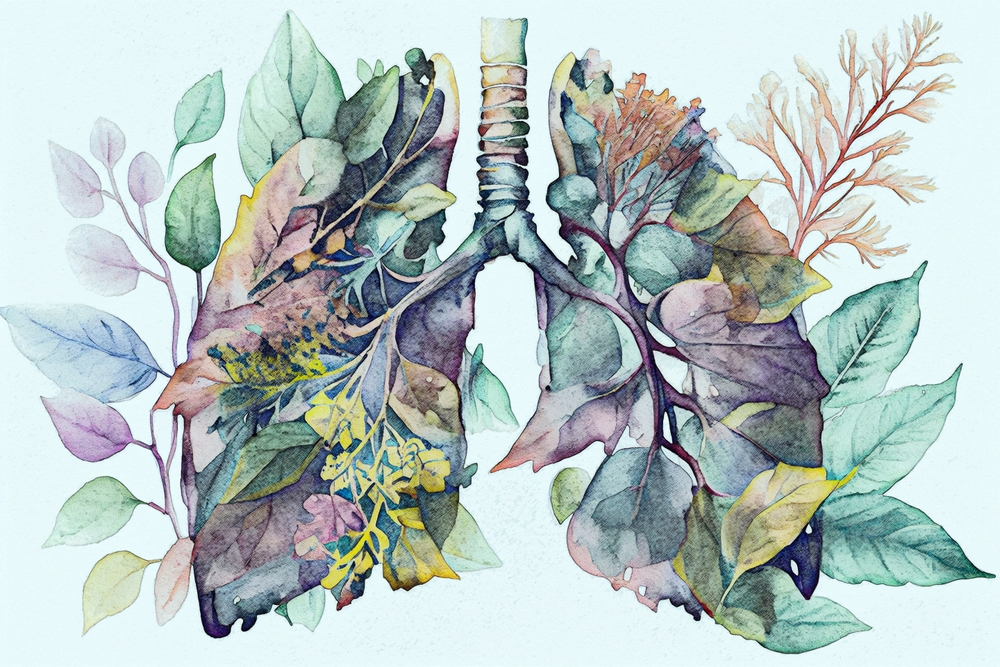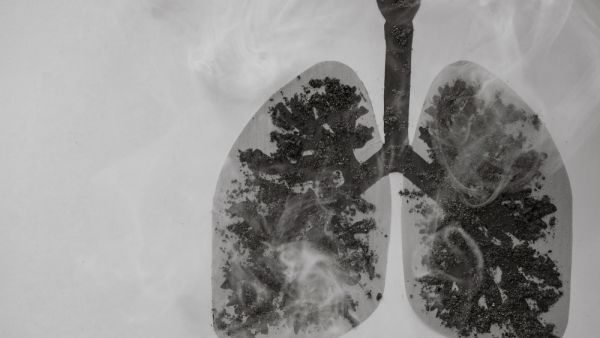ALBAWABA Smoking is a widespread habit that poses significant health risks, particularly to the respiratory system. Despite the well-documented dangers associated with smoking, many individuals wonder if it's possible to reverse or mitigate the damage done to their lungs. The question arises: Can you truly clean your lungs after years of smoking?

The short answer is both yes and no. While the body has remarkable regenerative capabilities, the extent to which lungs can be cleansed after smoking depends on various factors, including the duration and intensity of smoking, overall health status, and lifestyle changes post-smoking cessation.
Firstly, it's crucial to understand the impact smoking has on the lungs. Cigarette smoke contains thousands of harmful chemicals, including tar, carbon monoxide, and carcinogens, which can lead to inflammation, reduced lung function, and an increased risk of developing conditions like chronic obstructive pulmonary disease (COPD) and lung cancer. Over time, smoking causes irreversible damage to the delicate lung tissues and airways.
However, quitting smoking can lead to noticeable improvements in lung health. Within hours of quitting, the body begins to repair itself. Carbon monoxide levels in the blood decrease, allowing oxygen levels to return to normal, and lung function begins to improve. Over time, coughing and shortness of breath may lessen as the lungs gradually heal.
Yet, while quitting smoking can halt further damage and improve lung function, it cannot fully reverse the harm caused by years of smoking. The lungs have a limited capacity for regeneration, and some damage may be irreversible. For instance, scar tissue formed due to smoking-related inflammation may persist even after quitting.
Stopping smoking has an immediate positive impact on your lung health. Within minutes of quitting, you will start to experience an improvement in your overall health.
Over time, your lungs and overall health can recover even further:
After just 20 minutes, your heart rate and blood pressure begin to drop
After a few days, the carbon monoxide levels in your blood will return to normal
After two weeks to three months, your circulation will improve, and your lung function will increase
After one to 12 months, your cilia return to their normal function of cleaning your lungs, removing mucus and reducing your risk of infection
Nonetheless, certain lifestyle changes and interventions can support lung health and facilitate the cleansing process:
1. Regular Exercise: Engaging in regular physical activity can improve lung function, increase circulation, and promote overall well-being. Aerobic exercises like walking, swimming, or cycling are particularly beneficial for lung health.
2. Healthy Diet: Consuming a balanced diet rich in fruits, vegetables, and lean proteins provides essential nutrients and antioxidants that support lung repair and reduce inflammation.
3. Hydration: Staying well-hydrated helps keep the respiratory system functioning optimally by thinning mucus and facilitating its removal from the lungs.
4. Avoiding Exposure to Toxins: Minimizing exposure to air pollutants, secondhand smoke, and other respiratory irritants can prevent further damage to the lungs and support their healing process.
5. Medical Treatment: In some cases, healthcare providers may recommend medications or therapies to manage smoking-related lung conditions and improve symptoms.








